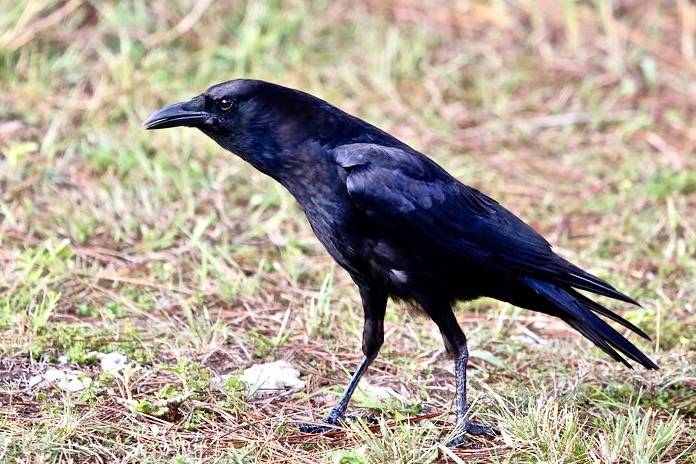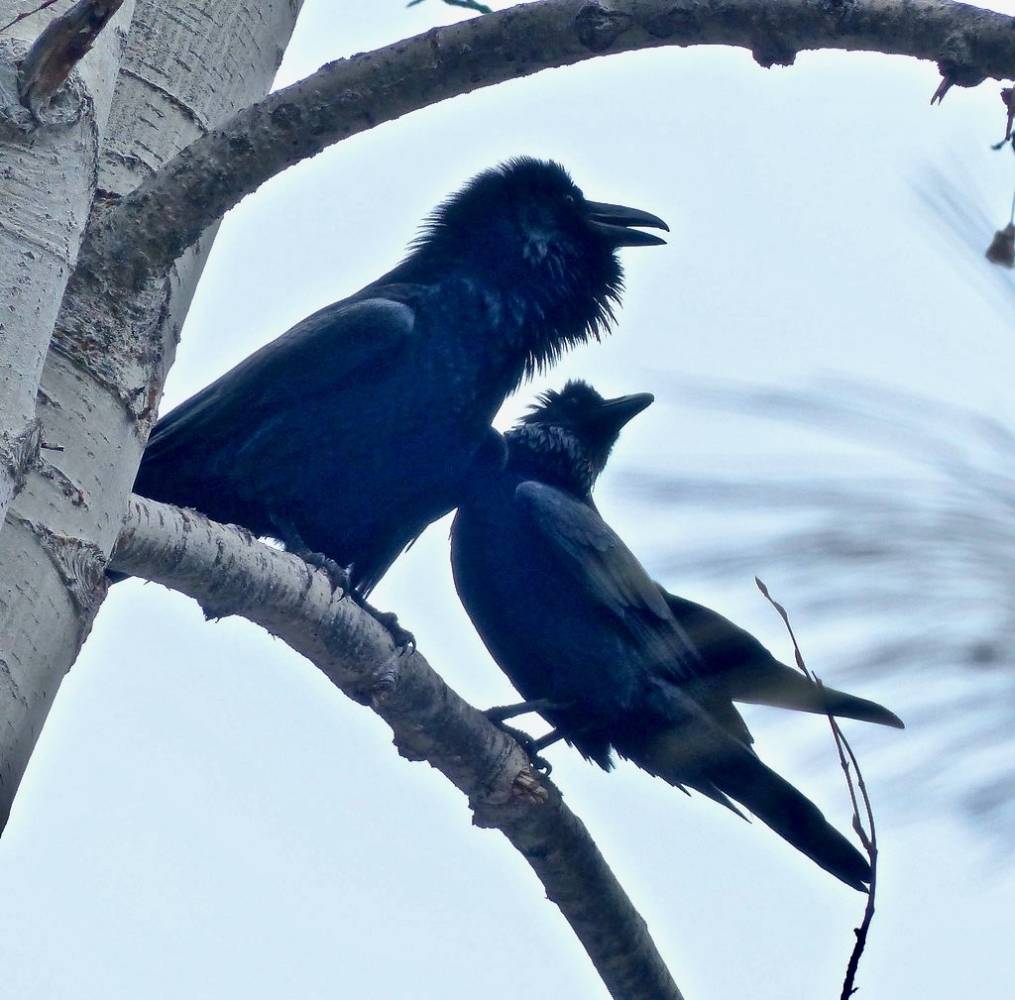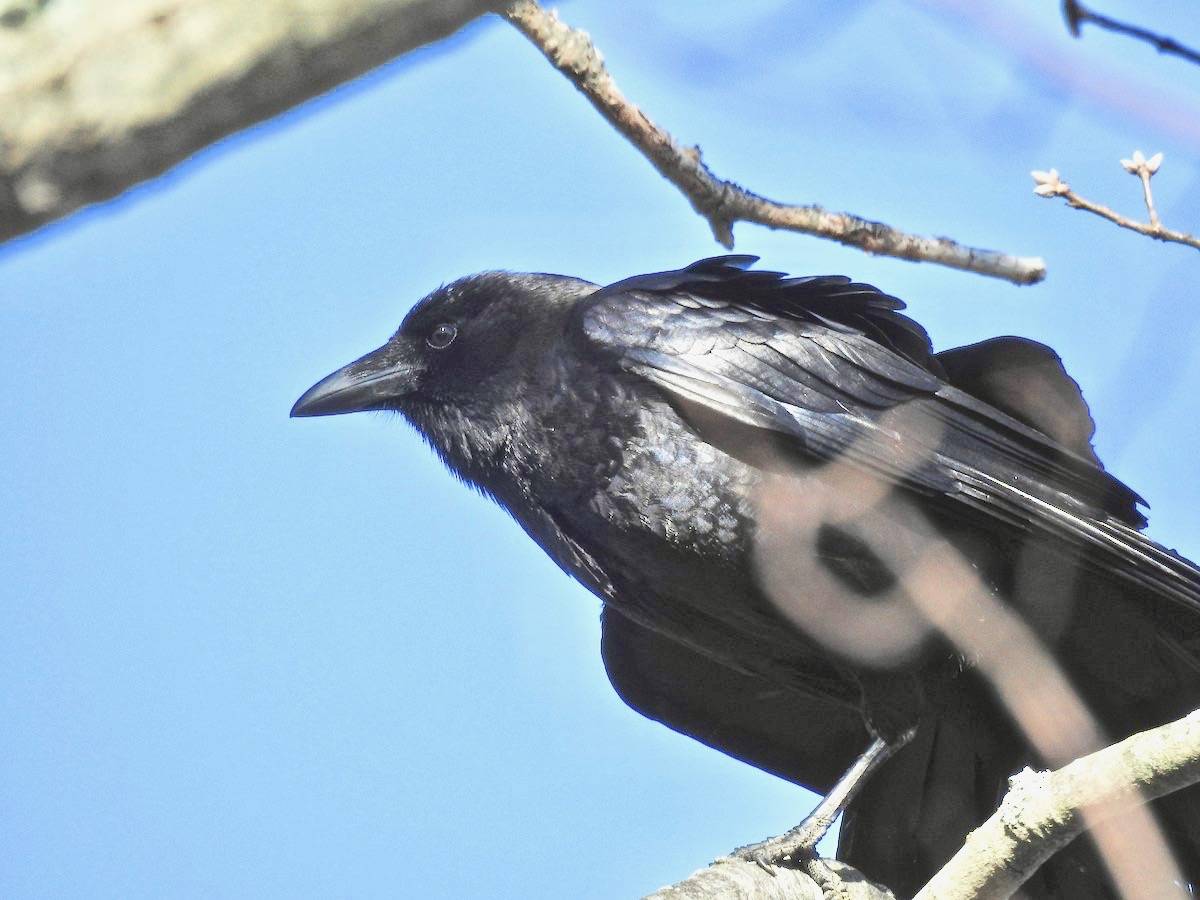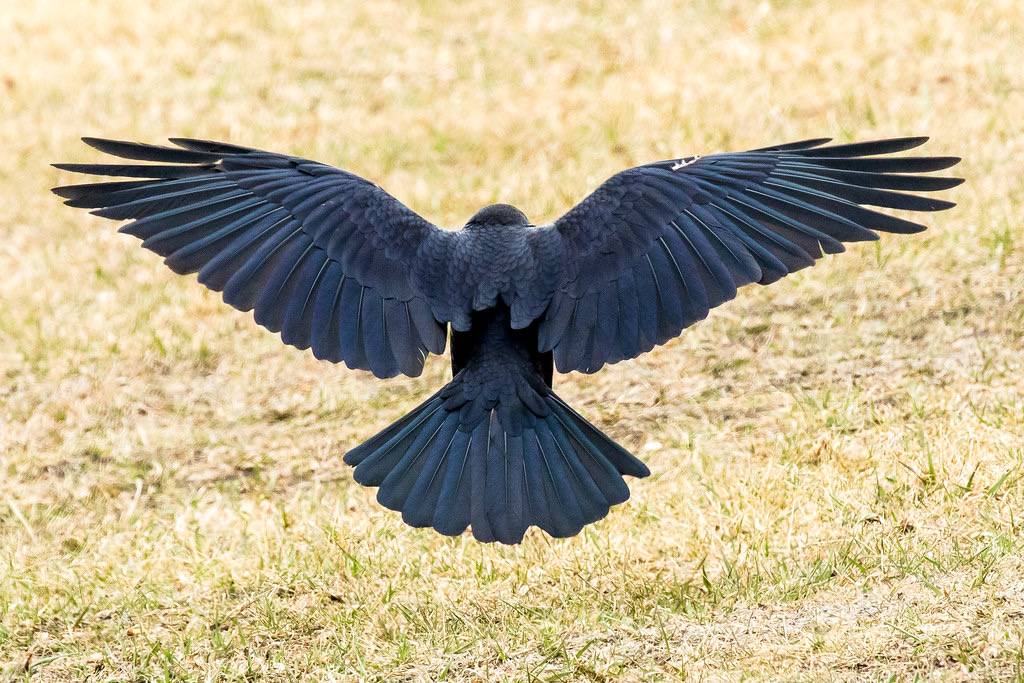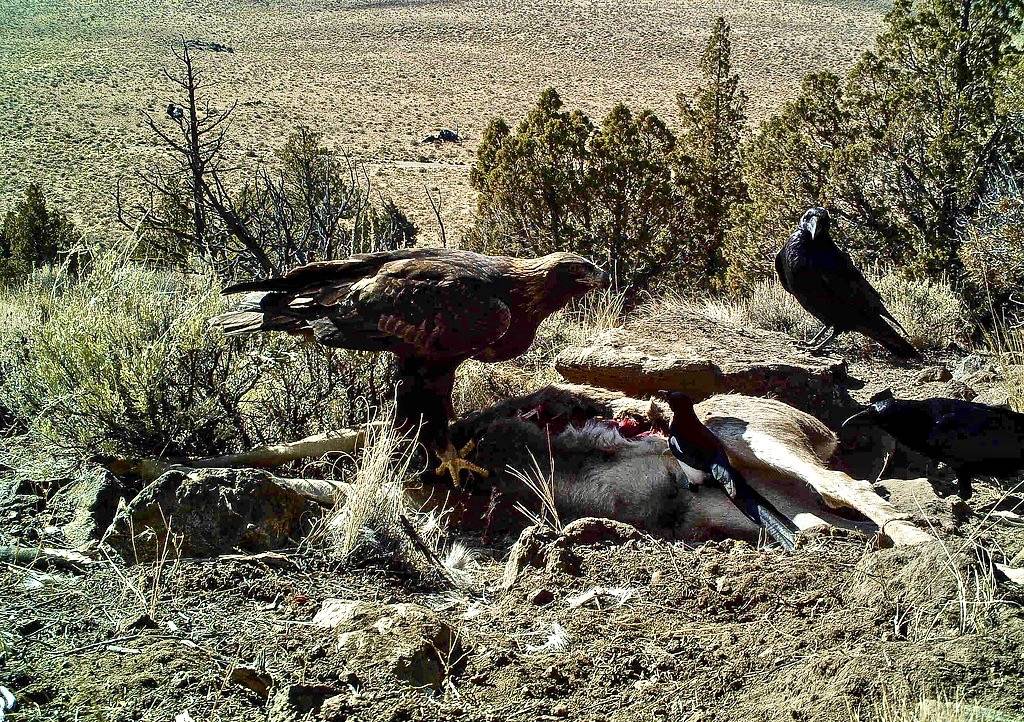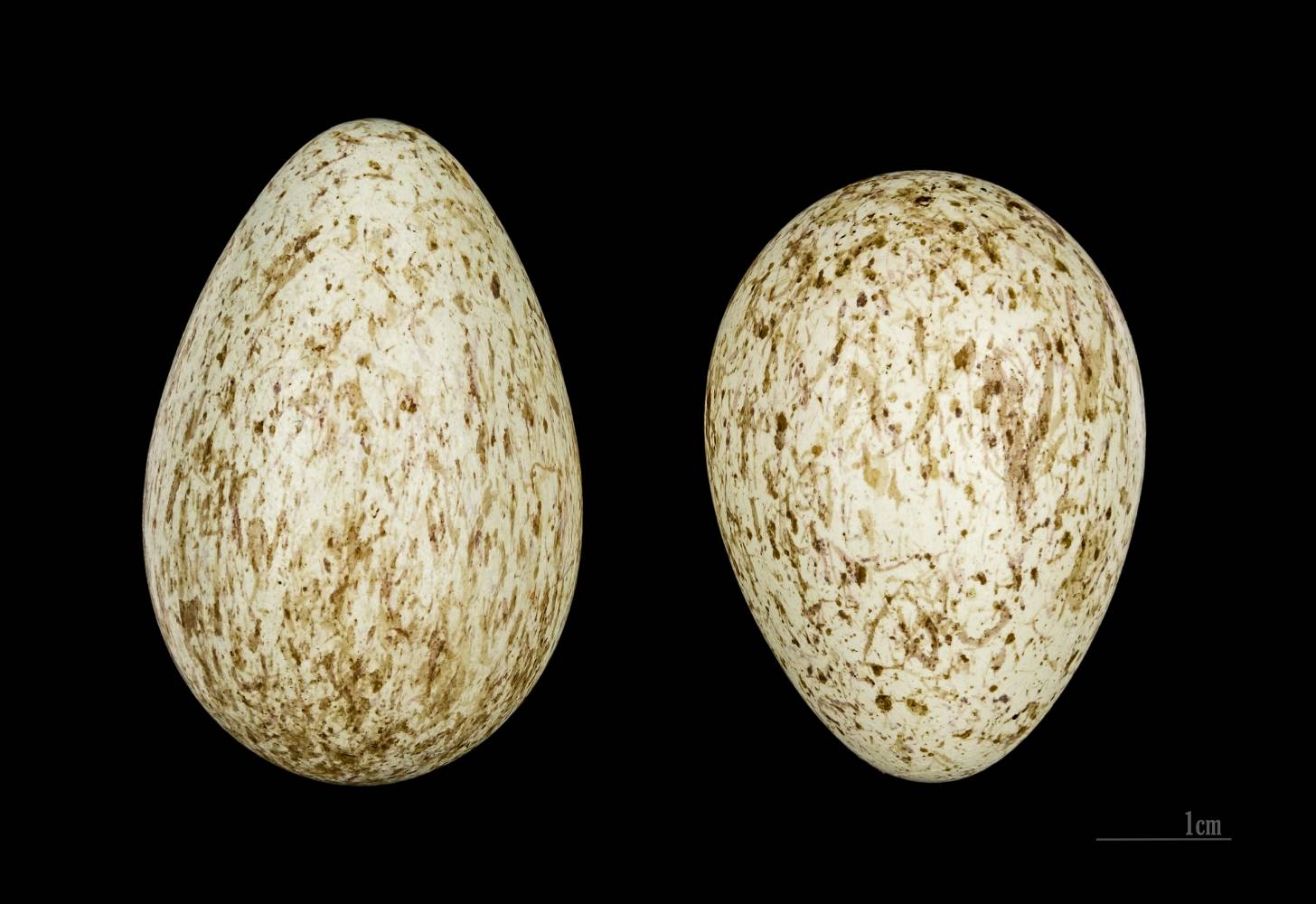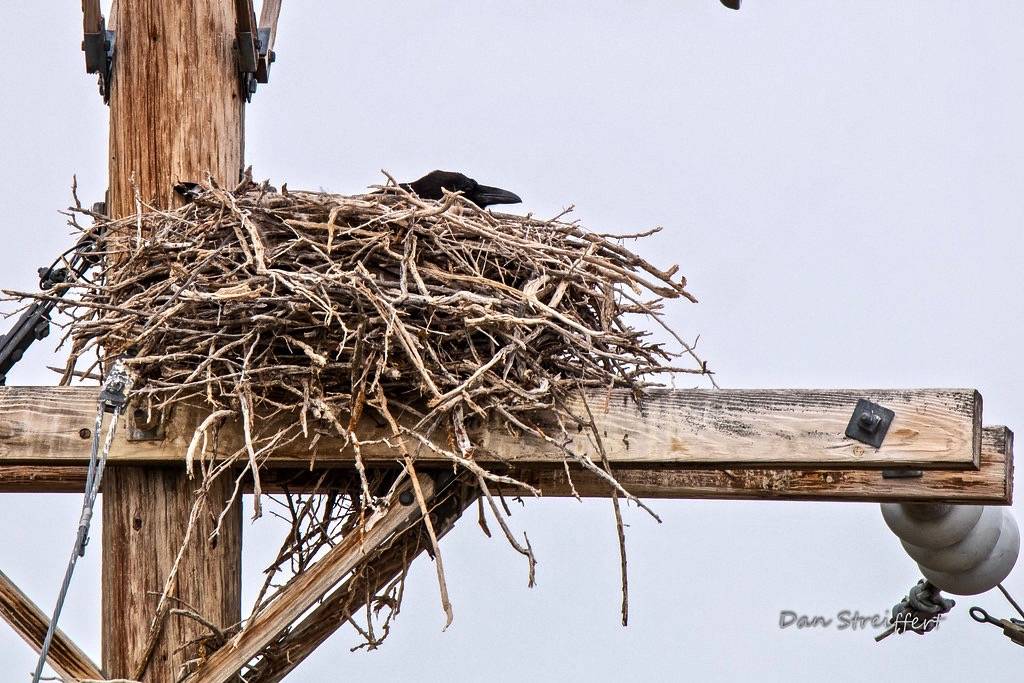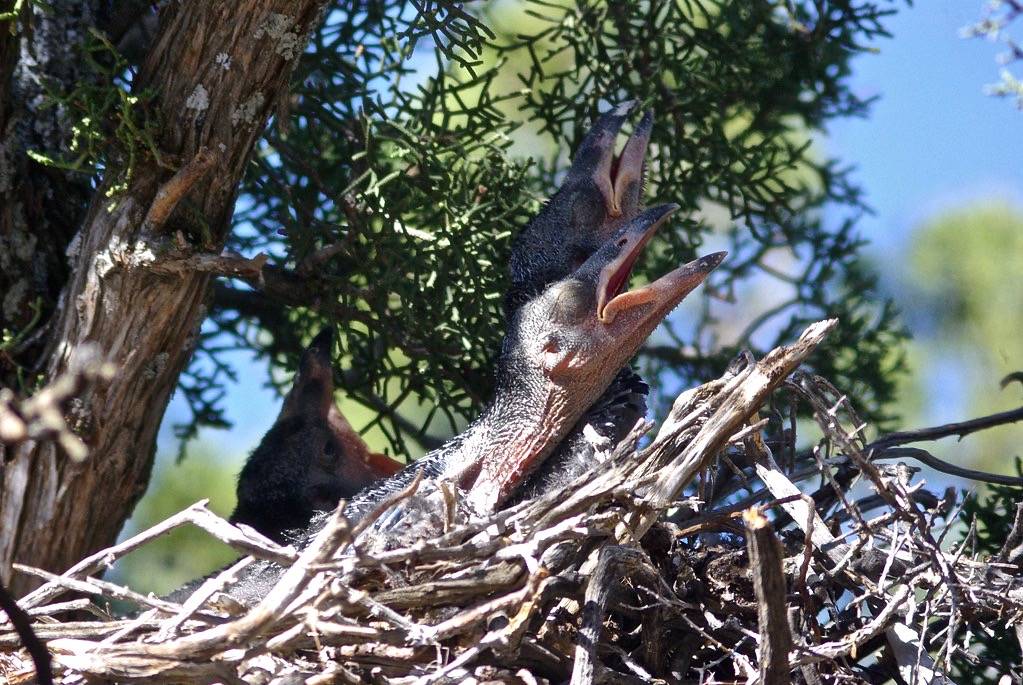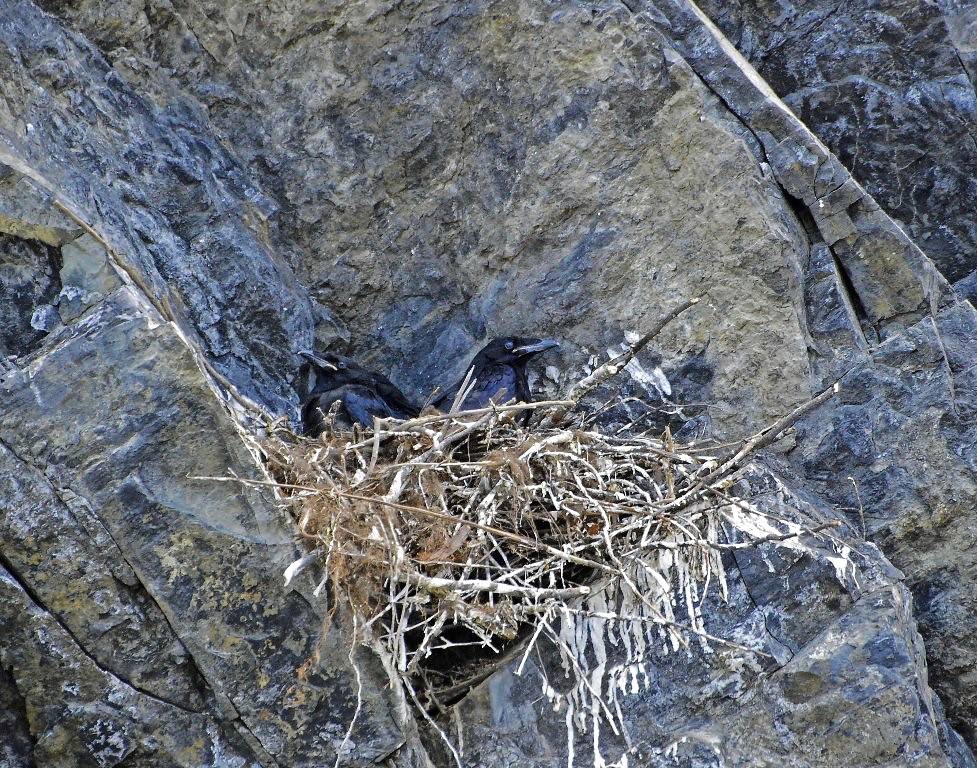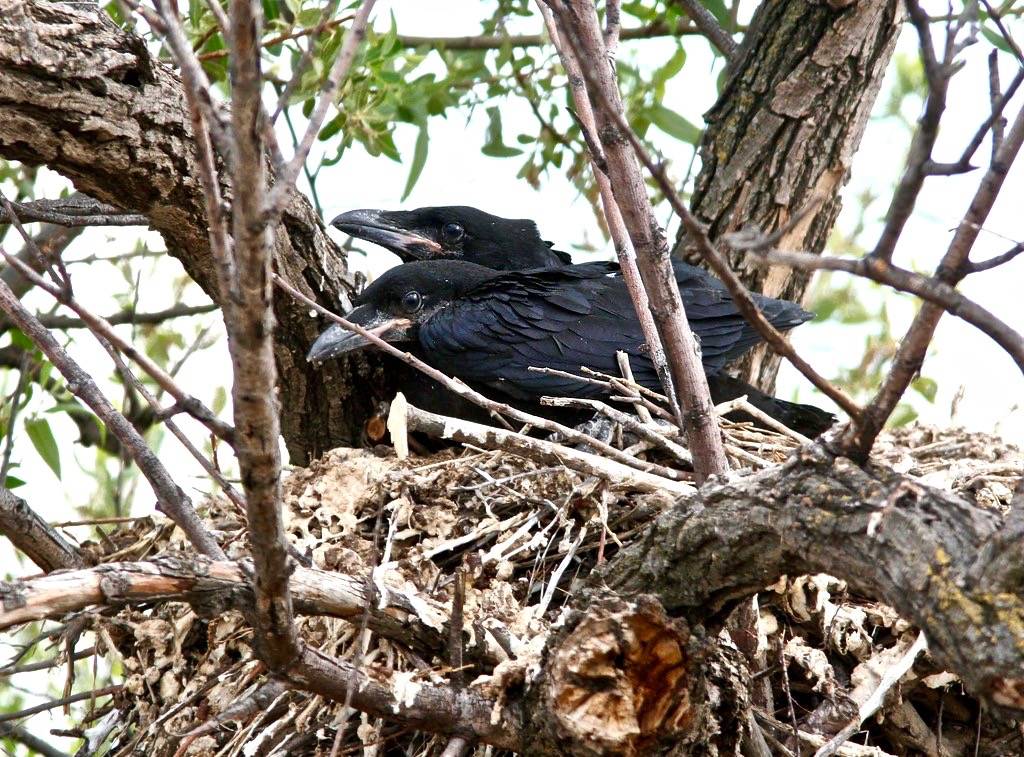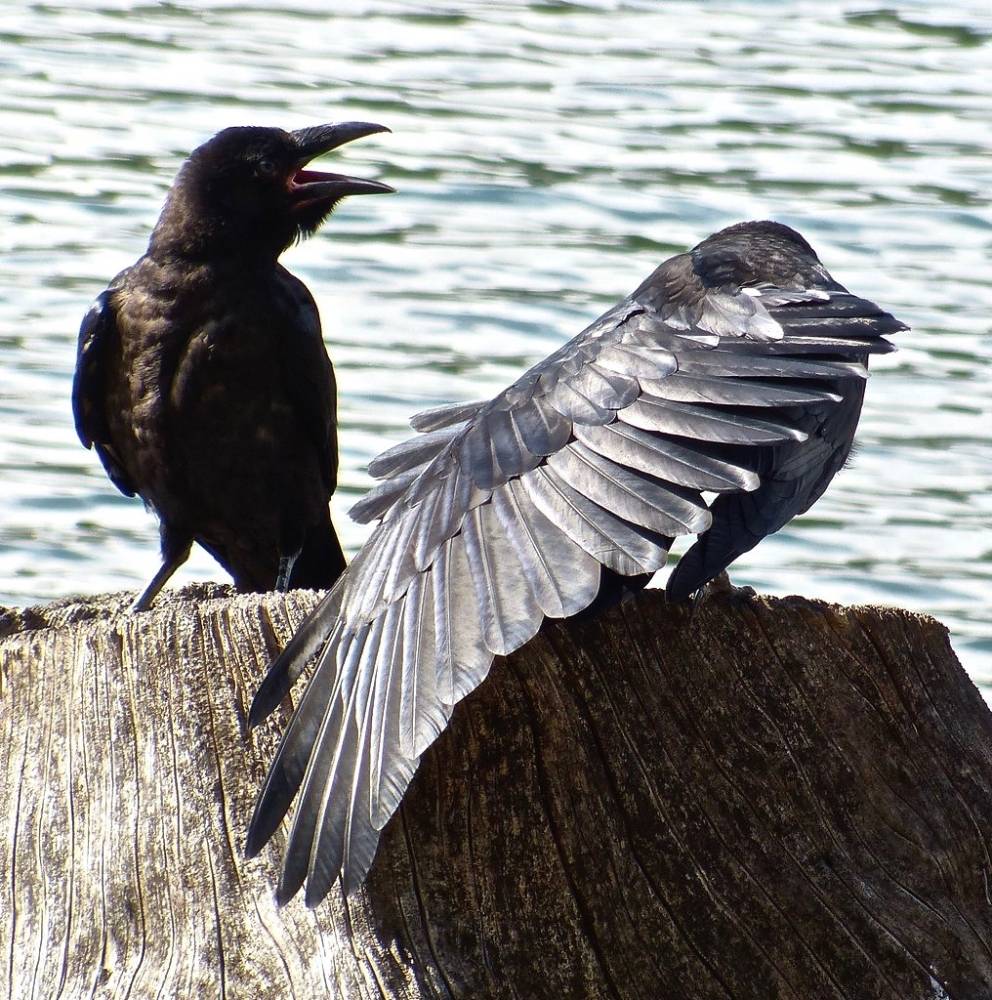Common Raven
The Common Raven was heard once at Salter Grove in January 2021 by an experienced birder. Instead of the familiar caws of the American Crow, ravens make low, gurgling croaks or harsh grating sounds.
Visually, it could be mistaken for the American Crow or the Fish Crow except it is as large as a Red-tailed Hawk and has a wedge-shaped rather than a fan-shaped tail. Crows often fly around in small groups whereas ravens are either solitary or in pairs.
This was an unexpected record for Salter Grove because ravens are scarce if not absent from much of the midwestern and eastern portion of the United States due to deforestation in the nineteenth and twentieth centuries.
Elsewhere in the northern hemisphere, it is one of the more broadly distributed bird species and breeds from the Arctic to the deserts of North Africa. Suitable nesting habitats include coastal cliffs or wooded areas within large expanses of open land. They avoid human settlements where crows tend to be more common.
Human activities have increased nest sites and food availability and the Common Raven has reached pest status in some localities. Although stomach content analyses indicate that carrion is an important part of its diet, the omnivorous Common Raven also feeds on small birds, mammals, reptiles, roadkills, grains and berries, and human garbage.
Ravens have lived in the company of humans for centuries across Europe, Asia and North America. They have long been featured in the art, folklore, literature and mythology of many cultures and even revered as spiritual figures.



